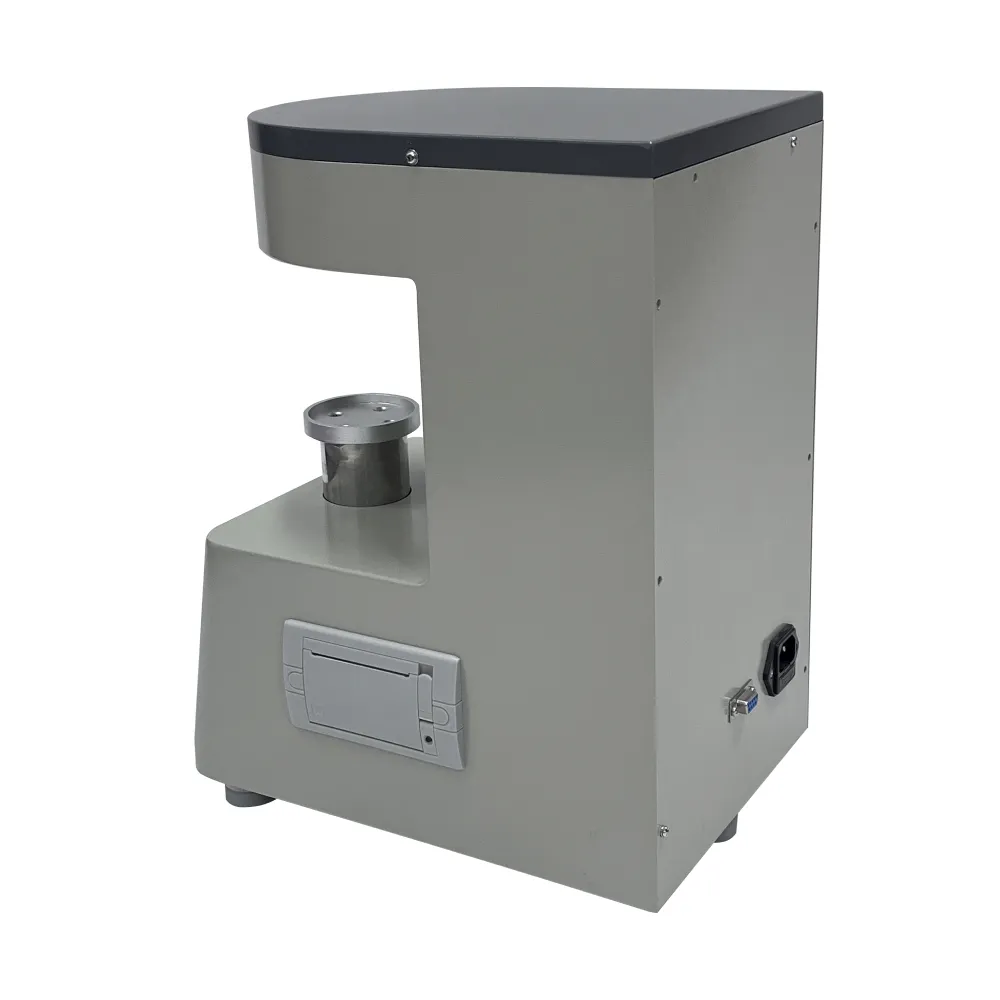 English
English



-
 Afrikaans
Afrikaans -
 Albanian
Albanian -
 Amharic
Amharic -
 Arabic
Arabic -
 Armenian
Armenian -
 Azerbaijani
Azerbaijani -
 Basque
Basque -
 Belarusian
Belarusian -
 Bengali
Bengali -
 Bosnian
Bosnian -
 Bulgarian
Bulgarian -
 Catalan
Catalan -
 Cebuano
Cebuano -
 China
China -
 China (Taiwan)
China (Taiwan) -
 Corsican
Corsican -
 Croatian
Croatian -
 Czech
Czech -
 Danish
Danish -
 Dutch
Dutch -
 English
English -
 Esperanto
Esperanto -
 Estonian
Estonian -
 Finnish
Finnish -
 French
French -
 Frisian
Frisian -
 Galician
Galician -
 Georgian
Georgian -
 German
German -
 Greek
Greek -
 Gujarati
Gujarati -
 Haitian Creole
Haitian Creole -
 hausa
hausa -
 hawaiian
hawaiian -
 Hebrew
Hebrew -
 Hindi
Hindi -
 Miao
Miao -
 Hungarian
Hungarian -
 Icelandic
Icelandic -
 igbo
igbo -
 Indonesian
Indonesian -
 irish
irish -
 Italian
Italian -
 Japanese
Japanese -
 Javanese
Javanese -
 Kannada
Kannada -
 kazakh
kazakh -
 Khmer
Khmer -
 Rwandese
Rwandese -
 Korean
Korean -
 Kurdish
Kurdish -
 Kyrgyz
Kyrgyz -
 Lao
Lao -
 Latin
Latin -
 Latvian
Latvian -
 Lithuanian
Lithuanian -
 Luxembourgish
Luxembourgish -
 Macedonian
Macedonian -
 Malgashi
Malgashi -
 Malay
Malay -
 Malayalam
Malayalam -
 Maltese
Maltese -
 Maori
Maori -
 Marathi
Marathi -
 Mongolian
Mongolian -
 Myanmar
Myanmar -
 Nepali
Nepali -
 Norwegian
Norwegian -
 Norwegian
Norwegian -
 Occitan
Occitan -
 Pashto
Pashto -
 Persian
Persian -
 Polish
Polish -
 Portuguese
Portuguese -
 Punjabi
Punjabi -
 Romanian
Romanian -
 Russian
Russian -
 Samoan
Samoan -
 Scottish Gaelic
Scottish Gaelic -
 Serbian
Serbian -
 Sesotho
Sesotho -
 Shona
Shona -
 Sindhi
Sindhi -
 Sinhala
Sinhala -
 Slovak
Slovak -
 Slovenian
Slovenian -
 Somali
Somali -
 Spanish
Spanish -
 Sundanese
Sundanese -
 Swahili
Swahili -
 Swedish
Swedish -
 Tagalog
Tagalog -
 Tajik
Tajik -
 Tamil
Tamil -
 Tatar
Tatar -
 Telugu
Telugu -
 Thai
Thai -
 Turkish
Turkish -
 Turkmen
Turkmen -
 Ukrainian
Ukrainian -
 Urdu
Urdu -
 Uighur
Uighur -
 Uzbek
Uzbek -
 Vietnamese
Vietnamese -
 Welsh
Welsh -
 Bantu
Bantu -
 Yiddish
Yiddish -
 Yoruba
Yoruba -
 Zulu
Zulu
Understanding Insulation Resistance in PV Systems for Optimal Performance and Safety
Understanding PV Insulation Resistance Key Insights and Best Practices
Photovoltaic (PV) systems play a vital role in harnessing solar energy, providing renewable and sustainable electricity. As these systems continue to grow in popularity, understanding their components, especially insulation resistance, becomes crucial for ensuring optimal performance, safety, and longevity. This article delves into the significance of insulation resistance in PV systems, the methods for measuring it, and best practices for maintenance.
What is Insulation Resistance?
Insulation resistance refers to the ability of electrical insulation to resist the flow of electric current. In a PV system, it is essential to maintain high insulation resistance between live electrical components and the ground to prevent electric shocks, equipment damage, and system failures. The insulation materials used in PV panels, cables, and inverters need to be robust enough to withstand environmental stress, temperature fluctuations, and potential mechanical wear.
Importance of Insulation Resistance in PV Systems
1. Safety High insulation resistance is critical for ensuring the safety of personnel and equipment. A decrease in insulation resistance can lead to electrical leakage, posing electrocution risks and hazards that may lead to fire or damage to electrical components.
2. System Performance Insulation resistance directly affects the efficiency of a PV system. Poor insulation can result in energy losses and reduced generation capacity, diminishing the overall effectiveness of solar installations.
3. Equipment Longevity Maintaining optimal insulation resistance contributes to the longevity of PV system components. High insulation resistance reduces the likelihood of failures and costly repairs, ensuring a better return on investment.
Measuring Insulation Resistance
Insulation resistance can be measured using a device known as an insulation resistance tester or megohmmeter. The measurement involves applying a specific voltage (typically 500V or 1000V) across the insulation and measuring the resistance in megohms (MΩ). Here are the steps to follow
pv insulation resistance

1. Preparation Ensure the system is disconnected from any load and that no voltage is present. Safety precautions should be taken, such as using personal protective equipment (PPE).
2. Testing Connect the leads of the megohmmeter to the positive and negative terminals of the PV module or the inverter, and the other lead to the ground. Record the insulation resistance value displayed on the tester.
3. Interpretation A resistance value greater than 1 MΩ is generally considered acceptable, while values below this might indicate insulation degradation and necessitate further investigation or repairs.
Best Practices for Maintaining Insulation Resistance
1. Regular Testing It’s recommended to carry out insulation resistance tests at least once a year, or more frequently in harsh environments or for systems that have experienced electrical faults.
2. Visual Inspections Conduct regular visual inspections of PV panels, wiring, and inverters for signs of wear, moisture infiltration, or physical damage, which can threaten insulation integrity.
3. Environmental Management Address environmental factors that contribute to insulation degradation. This includes ensuring proper drainage around PV installations, avoiding water accumulation, and using appropriate materials that can withstand local climate conditions.
4. Professional Servicing For larger installations, or when significant anomalies are detected, seek the expertise of a qualified technician to perform a detailed assessment and any necessary repairs.
Conclusion
Insulation resistance is a crucial parameter in the operation and safety of photovoltaic systems. By understanding its importance, adopting regular testing practices, and implementing effective maintenance strategies, solar energy stakeholders can ensure their systems operate efficiently, safely, and sustainably. As the demand for solar energy continues to rise, prioritizing insulation resistance will not only enhance the performance of PV systems but also contribute to the broader goal of renewable energy advancement.
-
Testing Equipment Industry Sees Major Advancements in 2025: Smart & Precision Technologies Lead the WayNewsJun.06,2025
-
Applications of Direct Current Generators in Renewable Energy SystemsNewsJun.05,2025
-
Hipot Tester Calibration and Accuracy GuidelinesNewsJun.05,2025
-
Digital Circuit Breaker Analyzer Features and BenefitsNewsJun.05,2025
-
Benefits of Real-Time Power Quality Monitoring Devices for Industrial EfficiencyNewsJun.05,2025
-
Earth Fault Loop Testing in High-Rise Building Electrical SystemsNewsJun.05,2025



